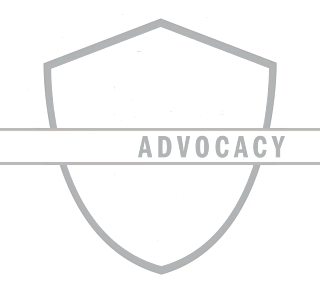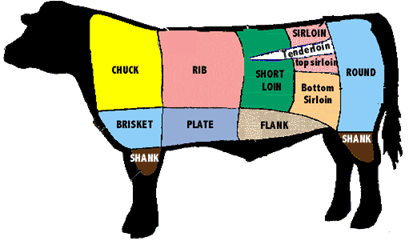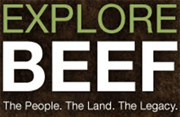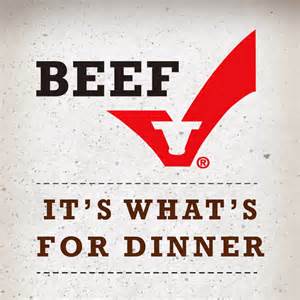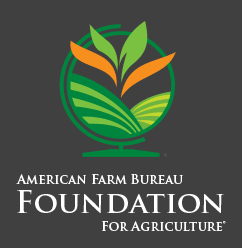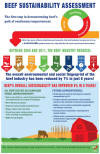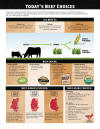The Real Story Of Beef
|
7-09-2021 |
|
|
|
Progressive liberals seem to dominate the information sources today.
They strive for constant change. It does not matter if the change is
for the worse; change for change's sake. Nutritional information was
effected in the 1960's when radical animal rightists
influenced the government's teaching on diet. They attempted to
force the elimination of all animal products from the diet of The
United States. Beef had long been considered to be the best source
available. As the animal rightists gained influence beef and pork
began moving from the top the the food chain and grain and
vegetable proteins began moving up.
The introduction and adoption of the food pyramid furthered the move
to replace meat protein with poorer quality proteins. This change
was not influenced by science but by liberals who wanted to control
and change the thinking of our country.
What is left out of the conversation about nutrition is the
scientific facts pointing to superiority of meat protein. A 3
ounce cooked portion of beef supplies 50% fn the daily protein
requirement. But not just any protein, a complete protein with all
24 essential amino acids. Protein and other nutrients supplied by
beef are assimilated into the body at a very high rate.
Nothing is said about how many problems such as the increase in
child obesity and the increase in food allergies that have come
about as the modern diet has gained acceptance.
This page will be expanded
soon. |
|
|
|
|
|
|
|
|
|
|
|
|
|
|
|
|
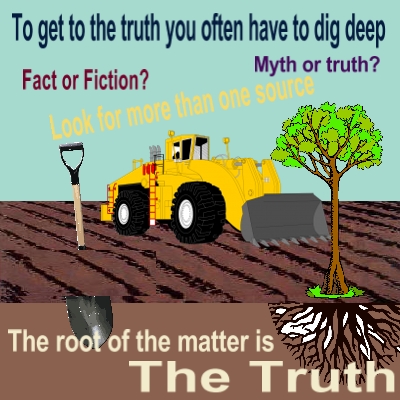 |
Grass/Grain
The Truth About The
Grass
Fed
Verses
Grain Fed
Beef Discussion
|
|
|
First: The actual term
used should be finished not fed.
When beef is
discussed most think of the "beef breeds' such as Angus, Hereford,
or Shorthorn. These cattle all eat grass for some of their life.
All of them are grass fed. Most of
the calves remain on pasture until they weigh 600-900 pounds. Than they are moved to finishing lots where they are fed diets of
forage (silage, hay, ect.) with grain added. If they are fed
strictly grain diets it is the last 100 plus days before they are
slaughtered. Very few are ever fed a strict grain diet; very few
beef breed cattle are even finished on a strict diet of only grain.
Calves that go to the slaughterhouse directly off pasture are grass
fed and also grass finished. So if the discussion is legitimate the
terms grain finished and grass
finished must be used.
It is
true some Holstein steers (dairy breed) are fed a diet of mostly
grain from a very young age. These could be rightly called grain fed
and grain finished.
Be sure
those who want to discuss this issue with use the right terms!
|
| |
|
|
|
What is not usually discussed |
|
The amount of grain and the length of time grain
is fed to the cattle will have an affect on the omega-3 levels. |
|
Have you ever heard that grain is not a natural
part of a cow's diet? The fact is grain is a natural part of the
diet of cattle. Grazing cattle will often eat mature grass that has
"headed out" (produced seed). Seed is a type of grain. In fact some
types of headed out grass will seed that will produce choice beef
that is just like corn or other grain finished beef. |
|
If environmental
issues are used in the discussion consider these statements |
|
Cattle fed diets containing grain will gain weight
faster than cattle fed strictly grass. A 1000 lb. grass
finished steer will be several months older than a 1000 finished
steer that had grain added to it's diet. The type and amount of grain fed
will effect the finished age. The 1000 lb. steer finished on a diet
containing grain will yield more pounds of beef than a steer fed a grass only
diet. |
|
All cattle produce methane gas and manure even
grass finished cattle. The discussion should be the amount produced
per pound of beef. |
|
Confined feedlots have to have manure management
plans filed with EPA and other government agencies. The manure is a
valuable fertilizer. It used in a managed, efficient way. The manure
is tested regularly to confirm the nutrient content and how it
should be applied to farm ground. |
| |
|
|
|
|
|
Do cows cause global warming?
-
Answer: Experts agree livestock
production accounts for a very small percentage of
USA greenhouse gases (GHG). Cattlemen care about the
environment and believe in leaving the environment
in better shape for the next generation. Preserving
our country's natural resources is as important to
cattlemen as it is to consumers.
-
Facts: Recent government research and
data show raising livestock accounts for just 3%-4%
of the GHG emissions. In 2016 Agricultural industry
was responsible for only 9% of the total GHG
emissions in the USA. EPA
https://www.epa.gov/ghgemissions/sources-greenhouse-gas-emissions
-
Many world experts cite the USA
cattle industry as the model the world should be
following.
-
The USA produces 20% of the worlds
beef with only 10% of the world's cattle.
-
There are about 30,000,000 fewer
cattle in the USA today than in 1975 yet we produce
more beef.
-
Emissions or sequestration of CO2,
CH4 and N2O can occur from
management of lands in their current use or as lands
are converted to other uses. Carbon dioxide is
exchanged between the atmosphere and the plants and
soils on land, for example, as cropland is converted
into grassland, as lands are cultivated for crops,
or as forests grow. In addition, using biological
feedstocks (such as energy crops or wood) for
purposes such as electricity generation, as inputs
to processes that create liquid fuels, or as
building materials can lead to emissions or
sequestration.* In the United States overall, since
1990, Land Use, Land-Use Change, and Forestry (LULUCF)
activities have resulted in more removal of CO2
from the atmosphere than emissions. Because of this,
the LULUCF sector in the United States is considered
a net sink, rather than a source, of CO2
over this time-period. In many areas of the world,
the opposite is true, particularly in countries
where large areas of forest land are cleared, often
for conversion to agricultural purposes or for
settlements. In these situations, the LULUCF sector
can be a net source of greenhouse gas emissions.
https://www.epa.gov/ghgemissions/inventory-us-greenhouse-gas-emissions-and-sinks
https://www.eia.gov/
|
|
|
|
| |
| |

